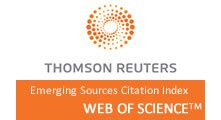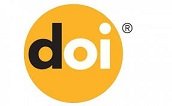Preventing Pandemic Diseases: An Augmented Reality & Artificial Intelligence Model
412
167
Abstract
As of April 18, 2021, the coronavirus or COVID-19 virus has affected 219 countries and territories, killed over 3 million people, and infected over 141 million people globally (Pattersson et al., 2021). The purpose of this literature review is to explore how augmented reality (AR) and artificial intelligence (AI) can help to stop the spread of a disease from becoming a pandemic by informing health agencies and national governments about when to implement healthy measures, close their borders, and restrict travel sooner in the future. Research shows that AR is an excellent tool for capturing incidents in three dimensions (3D) and has the ability to maneuverer data to be viewed and understood in all directions. Also, AI has the ability to analyze vast data, learn to improve itself in order to predict future situations, and make deductive or data-reliant decisions in real time. Despite much research on both AR and AI in the health field, this research focuses on how to use these tools to make quicker and better decisions than we did in 2020 for COVID-19.
Keywords
Artificial intelligence, Augmented reality, COVID-19, Disease, Pandemic
Full Text:
PDFReferences
Aimiuwu, E. E. (2022). Preventing pandemic diseases: An augmented reality & artificial intelligence model. International Journal of Technology in Education (IJTE), 5(2), 321-332. https://doi.org/10.46328/ijte.231
DOI: https://doi.org/10.46328/ijte.231
Refbacks
- There are currently no refbacks.

This work is licensed under a Creative Commons Attribution-NonCommercial-ShareAlike 4.0 International License.
Abstracting/Indexing







International Journal of Technology in Education (IJTE) - ISSN:2689-2758
affiliated with
International Society for Technology, Education and Science (ISTES)

This work is licensed under a Creative Commons Attribution-NonCommercial-ShareAlike 4.0 International License.
 International Journal of Technology in Education
International Journal of Technology in Education